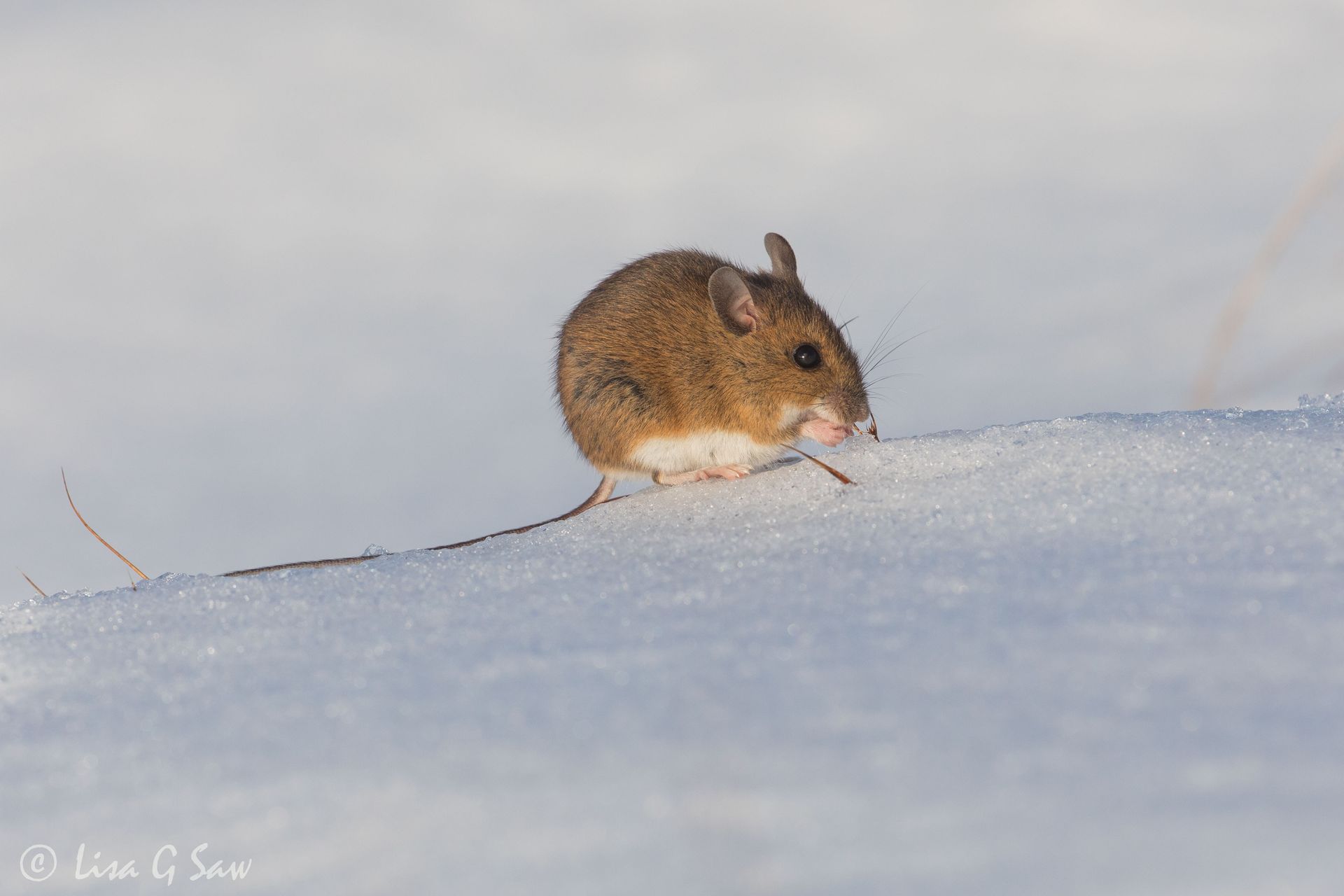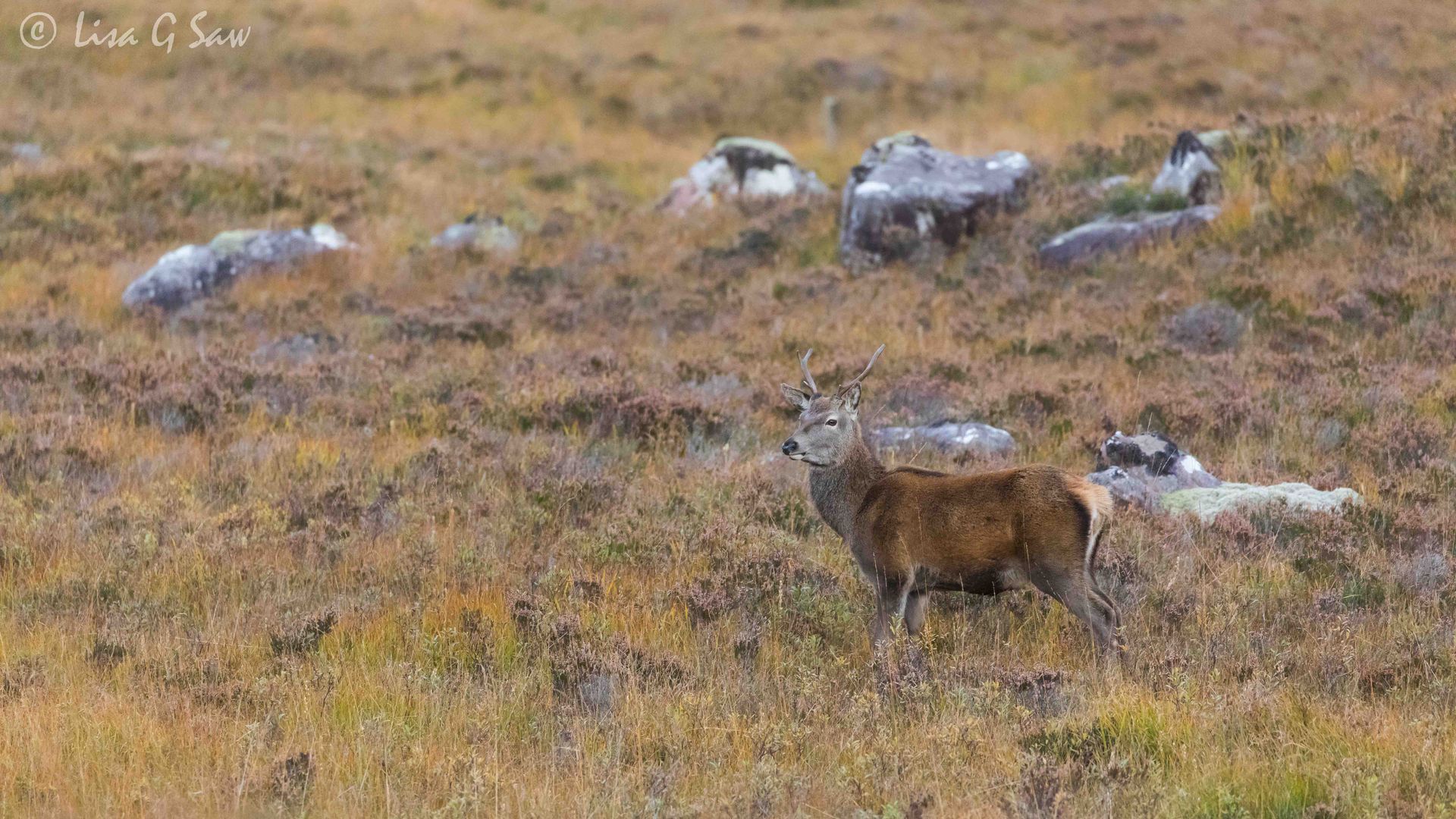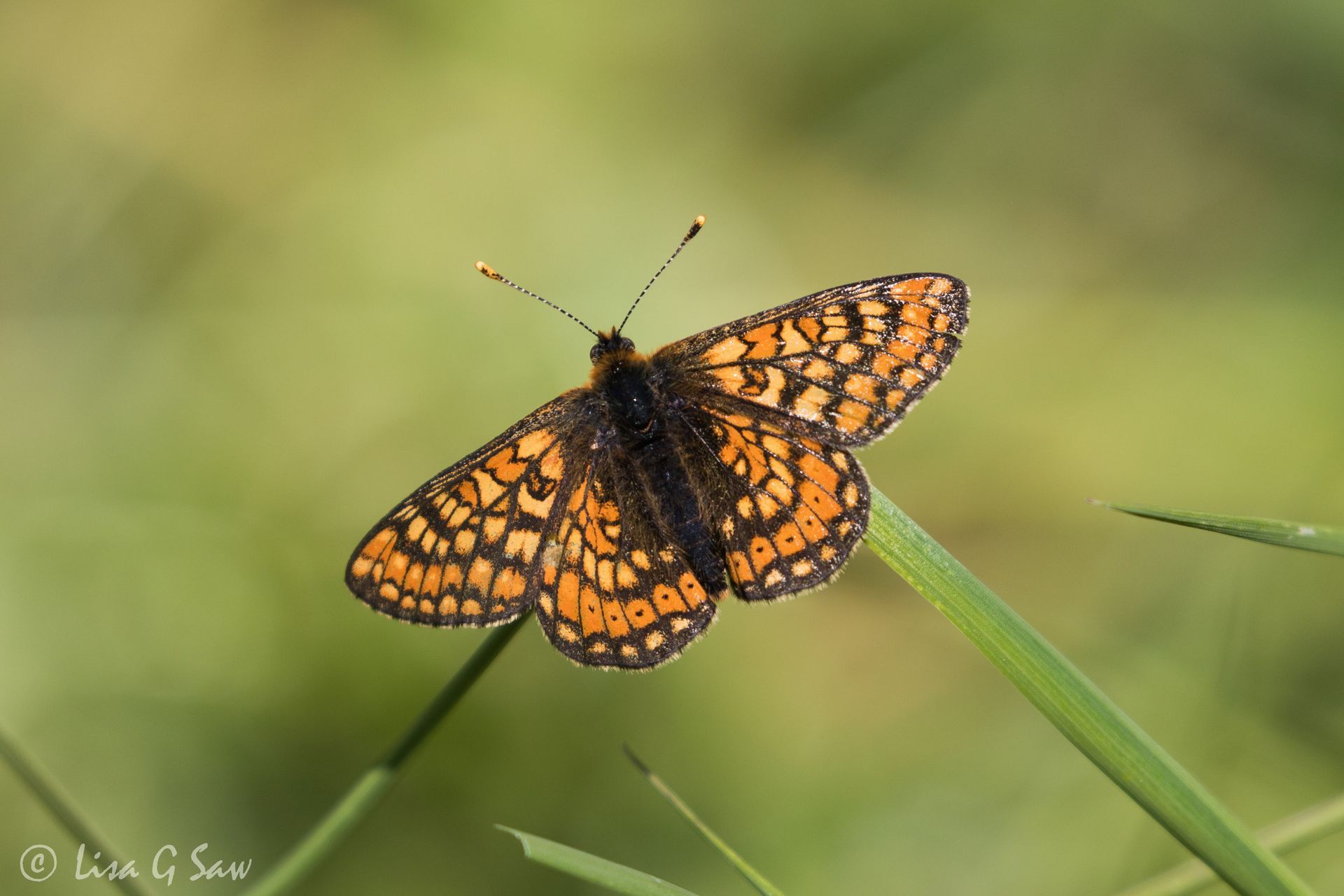Wilmington Yew Tree
It was almost the end of summer and one of the last dry hot days, of which there have been worryingly too many this year. Following a day of exploring new parts of the South Downs, I unexpectedly found myself in Wilmington, East Sussex. From the village, I saw the Long Man hill figure for the first time that perpetually adorns the north face of Windover Hill. Another first was seeing the ancient yew tree that stands prominently in the churchyard of St Mary and St Peter. After waving off a friend goodbye, I decided to linger a while by the tree. There was nothing I had to rush home for. I was happy having free time just to be!
Sitting in a shady spot, I relished the chance to relax after my long tiring day. I took in a few deep breaths, concentrating fully on slowly breathing in, then out. Noticing my lungs expand and relax again. A cool breeze swept across my face. Instinctively, I closed my eyes and smiled, enjoying the feeling of the air caressing my skin. Out of the corner of my eye, in the late afternoon sunshine, I saw a pigeon fly from one tree to another. A wasp landed on the sign post near me, neither interested in going east or west. Content just where it was. Like me. As usual, within earshot, the hum of traffic floated across the fields towards me. It’s so hard to escape our manmade noises. A world seldom at peace or at rest.
Gradually, the unwanted sounds blended into the background, barely noticeable. Instead, I focused my attention on the coo-ing of the pigeon and my surroundings. Just to one side of the tree, a small white feather ever so slowly floated through the air. I didn’t see from which bird it came. Like a gift from above, it gently fell all the way down to the ground. Falling, so slowly. So delicate. Softly gliding. I felt a lightness inside of me as my eyes followed its path. There's a beauty in the simplest of things. It can bring such a sense of calm that courses through the body like blood.
I drew my attention back to the yew tree. At the end of its branches there were red open-ended fruits dotted amongst the leaves. Although most leaves were green, some had turned brown, which was surprising for an evergreen. I guess it was in desperate need of water. The boughs of the tree extended in all directions, sheltering the gravestones below. I sat quietly alone for quite some time. The only other people I saw were an older couple walking their dog. It was a gorgeous inquisitive puppy that looked like it had a loose wire on the tip of its tail. Its black fur was missing, revealing a little tuft of white instead.
The tree is said to be about 1600 years old. It was leaning like an old person who is hunched over walking sticks. For one so old, it’s not surprising it needs a lot of support. Multiple posts were being used to keep the aged yew propped up. There was even a heavy duty chain around the twin stems of the trunk. It looked out of place, though I’m sure it was necessary. This tree is possibly one of the oldest in the country. Not much in this world is that old, other than the earth itself; the soil, rocks, glaciers and ocean. It’s almost impossible to imagine all the years that have past. Decades and centuries have come and gone and it still stands - just about. How many storms has it seen? How many people have passed under its boughs? How deep do the roots go? How far do they spread out? Is it connected to other trees nearby? Perhaps it’s not a lone tree after all, but just part of a larger network underground, invisible to us. What we can’t see has shaped this living form, just like humans are shaped by experience and emotions. If it could talk, I’m sure it would have many interesting stories to tell. I felt an inexplicable urge to touch the soft flaking bark, which reminded me of Australian gum trees. I think the desire stemmed from a deeper sense of connection, respect and appreciation, and a growing love of trees.



PLEASE NOTE: Some images may not display correctly if viewing this site on a widescreen computer. It might be worth resizing the window of your internet browser so it's narrower.
All photographs on this website are the copyright of Lisa G Saw. If you wish to use any photos you must request permission first.
CONTACT: lisa@lisagsawphotography.co.uk
© 2022 All Rights Reserved | Lisa G Saw
